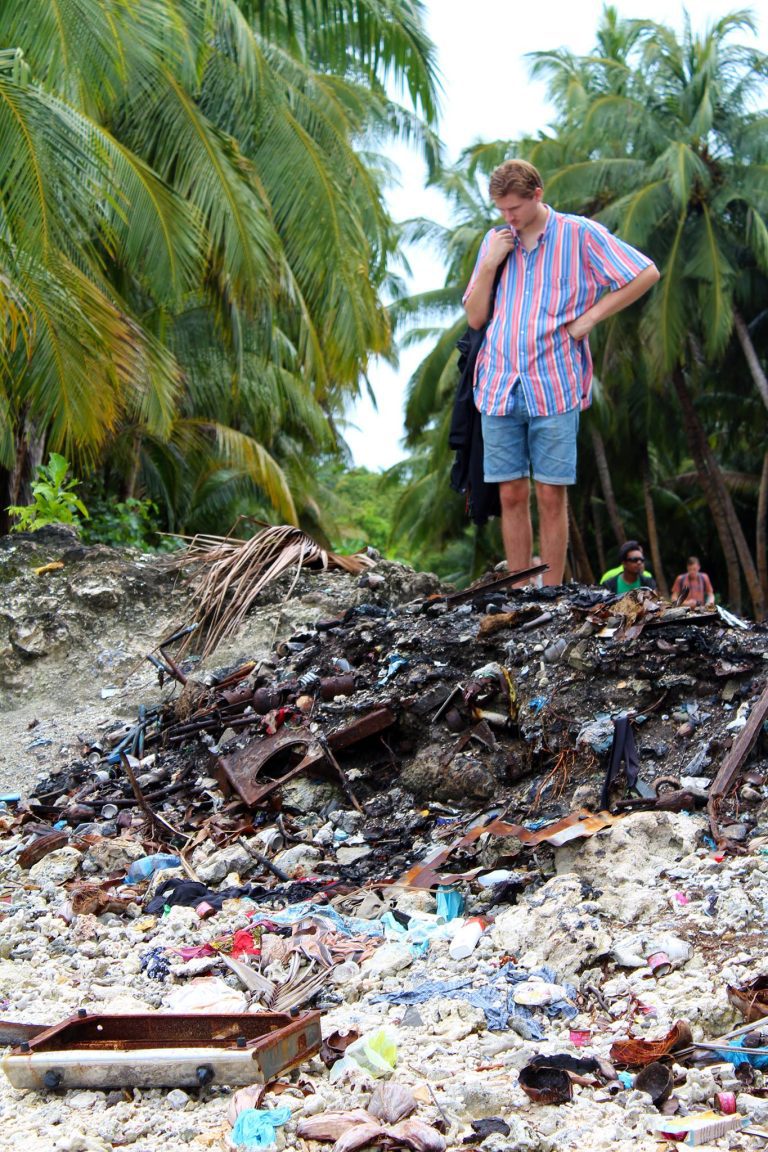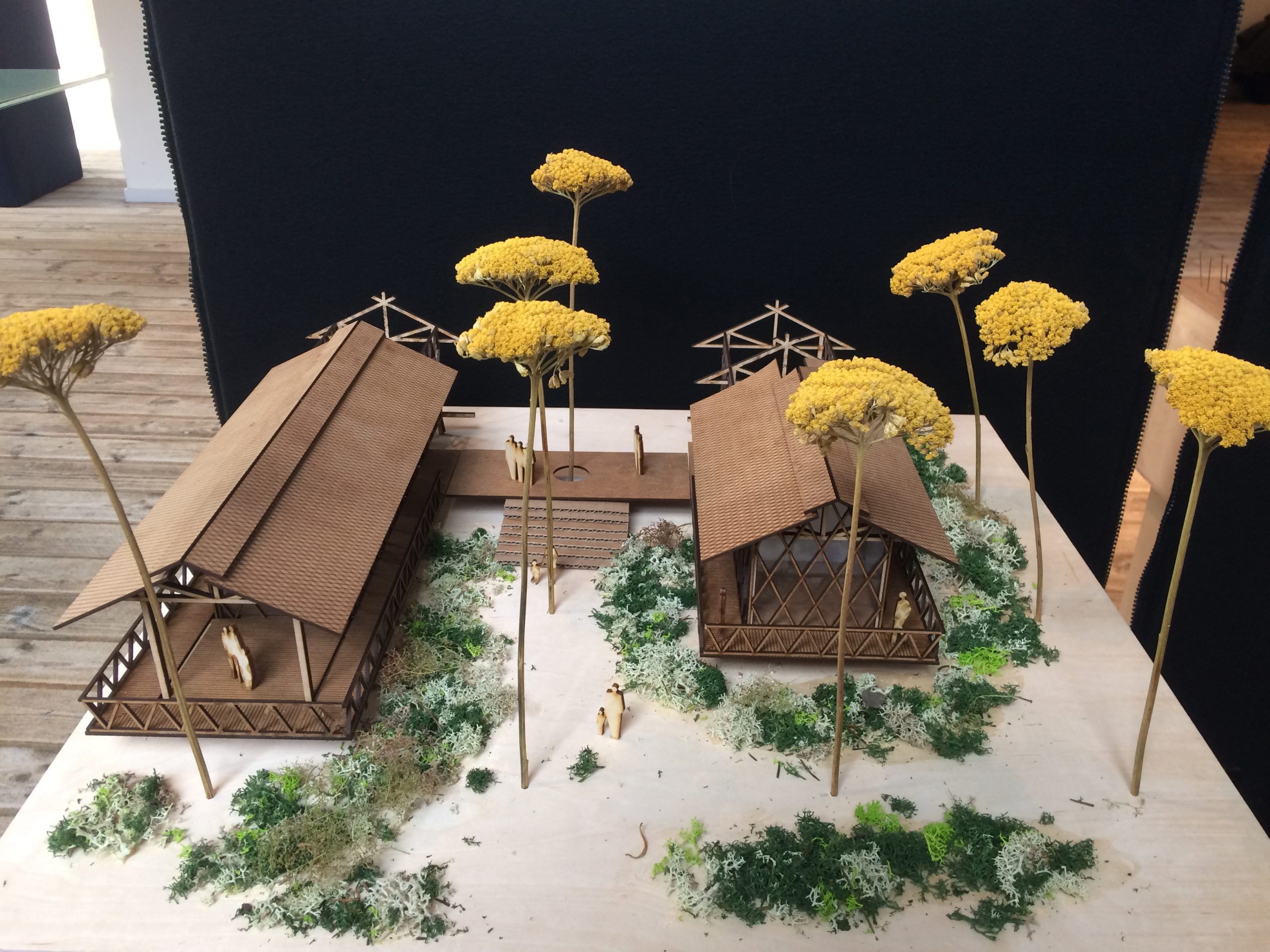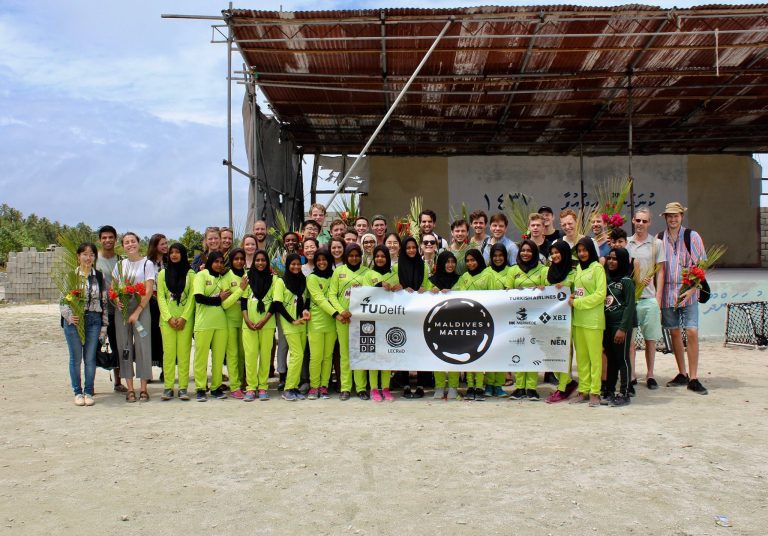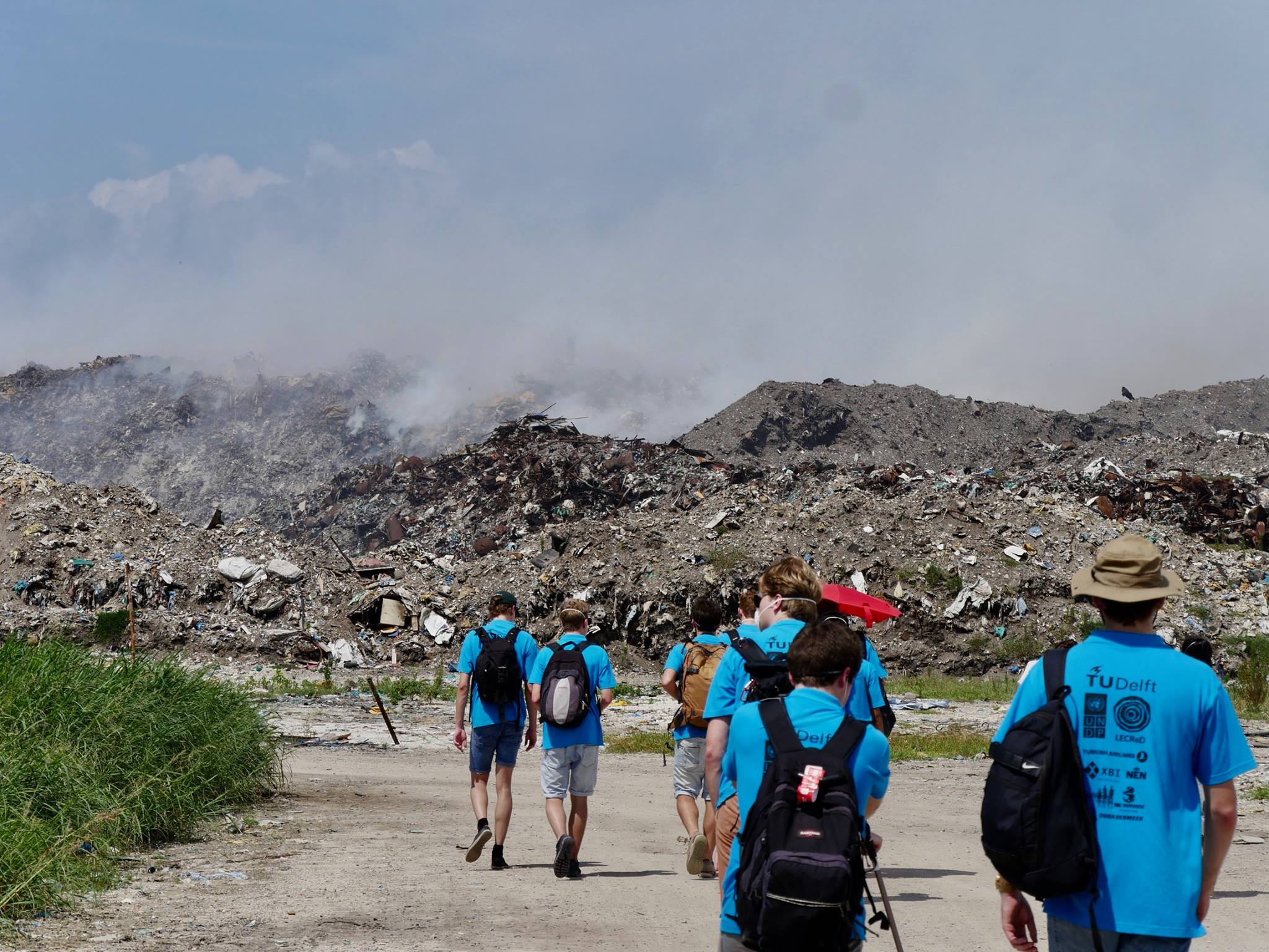Choosing the Maldives as their theme released a lot of energy in the students, teacher Job Schroën observed at the presentation of the master course at the TU Delft Faculty of Architecture. Sixty-two students designed solutions for the drowning paradise.


The drama is evident. The Maldives are known for their splendid beaches and luxury resorts. But simultaneously, the multi-island state battles with overflowing landfills on Thilagfushi, also known as ‘rubbish island’; overpopulation on the main island of Malé; and, it is on the frontline of climate change and sea level rise.
TU Delft students have set up a collective called Maldives Matter that they write about on their website, in a weblog and at a TU Delta Lab.
The students, half of whom visited the island state last November, decided to focus on two issues: solid waste management and local food production.
A selection of solutions was presented during a symposium on 30 January. A number of students had opted for floating structures made from reused plastic waste, solving two problems simultaneously: adapting to sea level rise and reducing the landfill on rubbish island at the same time. Some students combined floating structures with agriculture to create floating gardens.
One student focused on migration under pressure of sea level rise. She designed a Safe Island Concept – a network of floating structures where future climate refugees could live, work and relax. The biggest floating island in the middle would be an eighty metre diameter resource centre with a heavy concrete base and a lighter superstructure housing a marketplace and a food court.Another student designed a theme park on rubbish island that would confront visitors up close and personal with the garbage, like future archaeologists looking back on the wasteful 20th century. If they climbed the island’s tower, they would rise above the stench and the rubbish, and enjoy the view over the ocean.
(Story continues under images)


Professor Ulrich Knaack (Architecture) was impressed by the originality of the designs and by the presentation skills of these ‘young professionals’. He would like to see a couple of projects develop into pilot projects, perhaps under the tutelage of the project’s many sponsors. The question is, which project to choose?
The Maldivian Ambassador in Brussels, Mr Ahmed Shiaan, was equally pleased with the stream of creative solutions for his country. He remarked that floating structures as a measure against sea level rise and overpopulation had been tested before and that technical issues still remained to be solved.
Using plastic for floating structures was not really an option, Shiaan explained, since sea turtles, with their powerful and sharp beaks, are very fond of the stuff and will nibble plastic floaters to pieces.
When asked which projects had his preference, Shiaan referred to the artificial extension of the capital called Hulhumalé at a height of two metres above sea level (80% of the islands’ surface is below one metre) plus its two-metre high sea wall. That solution may be less sustainable, but at least it’s durable.
Professor Knaack was hopeful that a couple of solutions presented at the symposium could be developed into next stage projects.
Read the student’s blogposts about the masterproject here.


In collaboration with the United Nations, TU Delft developed an architectural design brief for sixty-four Architectural Engineering Master studio students. Its objective is to address the Maldives’ two major issues of waste management and agriculture using architectural interventions to instigate positive change.
Do you have a question or comment about this article?
j.w.wassink@tudelft.nl


Comments are closed.